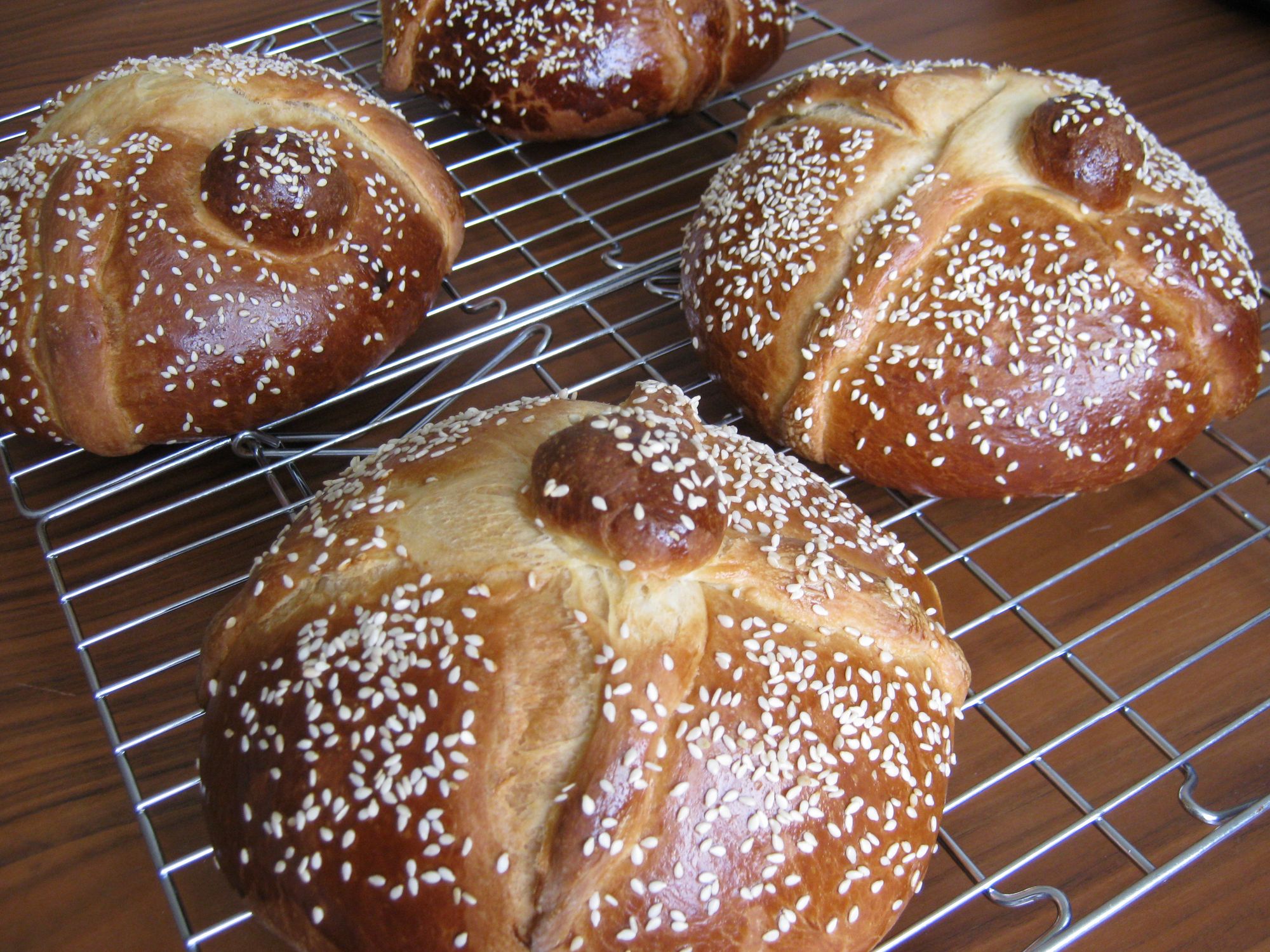My Sweet Mexico: Recipes for Authentic Pastries, Breads, Candies, Beverages, and Frozen Treats Fany Gerson
In pastry chef Fany Gerson’s new cookbook My Sweet Mexico, I feel like I’ve traveled the entire country of Mexico several times over on a sweet culinary journey. It’s a journey that crosses both time and space—full of history, local people, and unique places—and throughout, it’s evident that Gerson has a deep and inspired love for the dulces of her homeland.
My Sweet Mexico encompasses a wide range of sweet recipes for authentic candies, pastries, breads, beverages, and frozen treats, gathered together in nine eclectic chapters with titles like Sweets from the Convents, Modern Mexico, and one devoted to corn. Inside each chapter, you’ll find recipes that have been passed down over generations: many were willingly shared, some were coaxed and cajoled out of their owners, and others remain such closely guarded secrets that the author had to make her own (close) renditions. Gerson traveled all over the country to research the book, visiting friends and family, old-fashioned bakeries, family-owned candy stores, even the private homes of artisans to learn about the disappearing art of their handmade sweets.
This book includes so many interesting and unfamiliar candies (made with ingredients like sweet potato, quince, amaranth, to name a few), I got the feeling that Gerson has a special fondness for candies. It also includes plenty of classic and/or well-known sweets such as tres leches cake, churros, and Mexican hot chocolate, plus modern desserts developed by Gerson, like her Mexican opera cake and passion fruit mezcal-trifle.
What I love most is each recipe is accompanied by a description of the food’s place in Mexican tradition and culture, a historical tidbit about its origins, or a personal vignette about growing up in Mexico City (and often a grateful thank-you from the author to the artisan who shared their time and recipe with her). Be sure to read each chapter essay for historical context, interesting background notes, and more stories. Plus the photos by Ed Anderson are colorful and gorgeous, yet have a haunting, unadulterated quality about them.
The old-fashioned flan (flan a la Antigua) recipe, true to the author’s description, is “not too eggy.” It’s a classic flan—smooth and rich—although one bit of advice: the recipe calls for you to make more caramel than needed to line the ramekins; don’t use it all, or the flan turns out too sweet. I also made the polvorones, or Mexican wedding cookies, a simple recipe that doesn’t call for eggs (so yes, you can eat the raw cookie dough). To make these cookies easier, I suggest buying almond flour (available at Rainbow Grocery) instead of making it, and scooping the dough rather than rolling it out and cutting circles. These cookies turned out delicious: they were moist but still had a crunchy, crumbly texture that turned into melt-in-your-mouth buttery goodness.

Last, I made the pan de muerto, or dead man’s bread, dividing the dough into four medium-sized rounds rather than two big ones so I could fit them on one baking sheet. The bread stole the show: the interior was light and airy yet soft and moist, and it had a deep brown crust; just imagine lightly orange-scented challah or brioche.
The only thing missing in this book are tips on how long the baked goods will last or instructions for longer storage (I like to freeze my desserts so I can have one anytime without having to fire up the oven). But if the recipes I tried are any indicator, maybe these sweets are so good, you end up eating it all and have nothing left to store.



